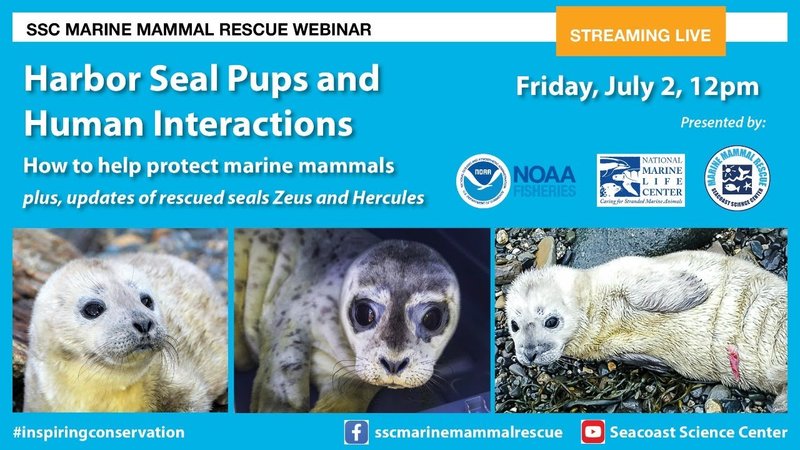
Let me explain a bit more. Harbor seals, like many other wild animals, can be unpredictable. They might seem friendly, but they’re still wild at heart. Think of them like that friendly dog at the park—they can be sweet and engaging, but you still need to approach with caution. Safety is key for both humans and the seals, so understanding how to interact with them in a respectful and safe manner is crucial.
Understanding Harbor Seals
Harbor seals are marine mammals found along the coasts of the Northern Hemisphere. They have a distinctive appearance, with spotted fur that can range from gray to brown. These seals are known for their playful behaviors, both on land and in the water. They can hold their breath for about 30 minutes while diving for fish and other prey, showcasing their impressive adaptation to the aquatic environment.
You might be wondering how they got their name. The term “harbor” reflects their preference for sheltered coastlines and bays, where they often haul out onto land to rest. This is a critical part of their routine, as they need to warm up and conserve energy after swimming. Here’s where we need to step in with care because approaching these resting seals can be risky for both parties involved.
Is It Safe to Approach Harbor Seals?
When considering a close encounter with harbor seals, safety should always come first. These animals can feel threatened if approached too closely. For instance, if a seal perceives danger, it may react defensively, which could put both the animal and the person at risk. Seals have sharp teeth and can bite if they feel cornered or frightened.
Moreover, getting too close can also disturb their natural behavior. Harmful interactions can lead to stress for the seal, affecting its health. The general rule of thumb is to maintain a distance of at least 100-150 feet. Using binoculars to get a closer look without intruding is a great way to appreciate their beauty while respecting their space.
Signs of Distress in Harbor Seals
Recognizing signs of distress in harbor seals is important for ensuring their well-being. When a seal feels threatened, it might display certain behaviors. For example, if a seal begins to vocalize loudly, move erratically, or quickly slide back into the water, these are clear indicators that it feels uncomfortable.
Additionally, you may observe a seal raising its head and looking around cautiously. If you notice these signs, it’s best to back off slowly and give the animal room to feel safe again. Remember, they are wild animals, and their comfort should be your priority.
Best Practices for Observing Harbor Seals
If you’re keen on observing harbor seals without causing them stress, here are some best practices to keep in mind:
- Stay at a Safe Distance: As mentioned earlier, keeping a distance of at least 100-150 feet is important. This allows you to watch their behavior without intruding.
- Use Binoculars: These handy tools can give you a close-up view without getting too close. It’s like having a front-row seat at a nature show!
- Be Quiet: Loud noises can scare seals away. Try to keep conversation levels low and avoid sudden movements.
- Respect Their Space: If a seal is resting or feeding, avoid approaching. They need this time to recharge and eat.
Following these guidelines will help ensure both you and the harbor seals can enjoy your time together safely.
What to Do if You Encounter an Inactive Seal
Sometimes, you might spot a harbor seal that appears inactive, perhaps resting on a rocky ledge. While it can be tempting to get a closer look, it’s important not to approach. Seals can be vulnerable when they’re on land.
If you come across an inactive seal, the best course of action is to observe from a distance and keep others away. If you suspect the seal is sick or injured, it’s best to contact local wildlife authorities who are trained to handle these situations. They can assess the seal’s condition and, if necessary, provide the right care without causing additional stress.
Conservation and Respecting Habitat
It’s essential to understand that harbor seals are protected under various wildlife conservation laws. Disrupting their natural habitat can have severe consequences for their populations. When you visit coastal areas, consider the impact you may have on the wildlife around you.
Make sure to follow local guidelines regarding wildlife interactions. This not only helps protect the seals but also ensures that you can enjoy their presence for years to come. Engaging in responsible wildlife observation supports conservation efforts and promotes harmonious coexistence between humans and nature.
The Joy of Witnessing Harbor Seals
There’s something truly magical about watching harbor seals in their natural habitat. Their playful interactions, graceful movements in water, and curious nature can leave a lasting impression. Just remember, while these animals can be enchanting to observe, they are still wild creatures deserving of respect and space.
If you take the time to learn how to interact safely, you can enjoy unforgettable moments with these incredible marine mammals. By keeping a respectful distance and being mindful of their needs, you contribute to the well-being of harbor seals—making it possible for others to enjoy them too.
In conclusion, interacting safely with harbor seals is an engaging and rewarding experience when done correctly. By following best practices, recognizing distress signs, and respecting their habitat, you can foster a positive relationship with these magnificent animals. So, the next time you’re at the beach, keep your distance, grab those binoculars, and enjoy the show!

